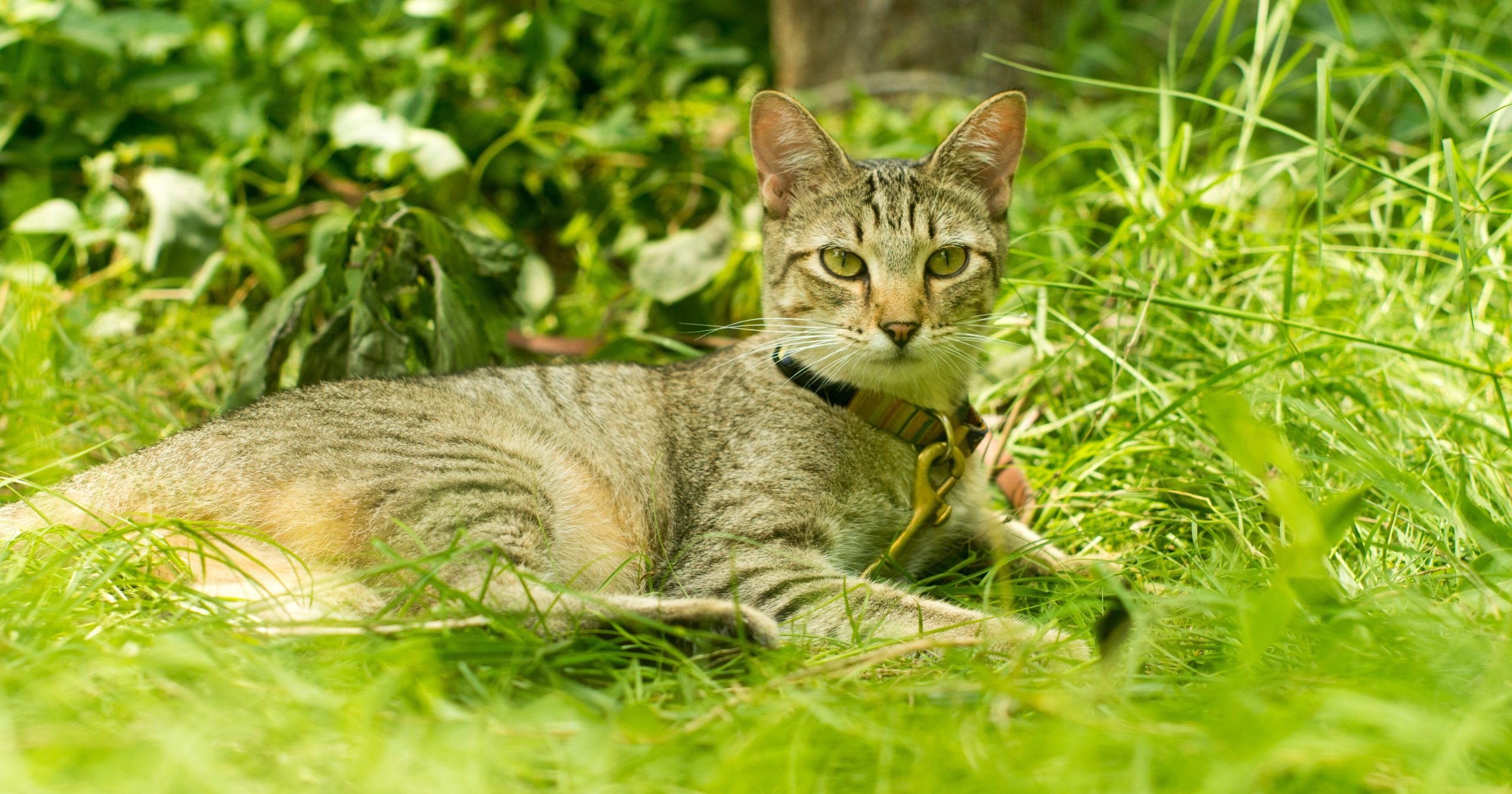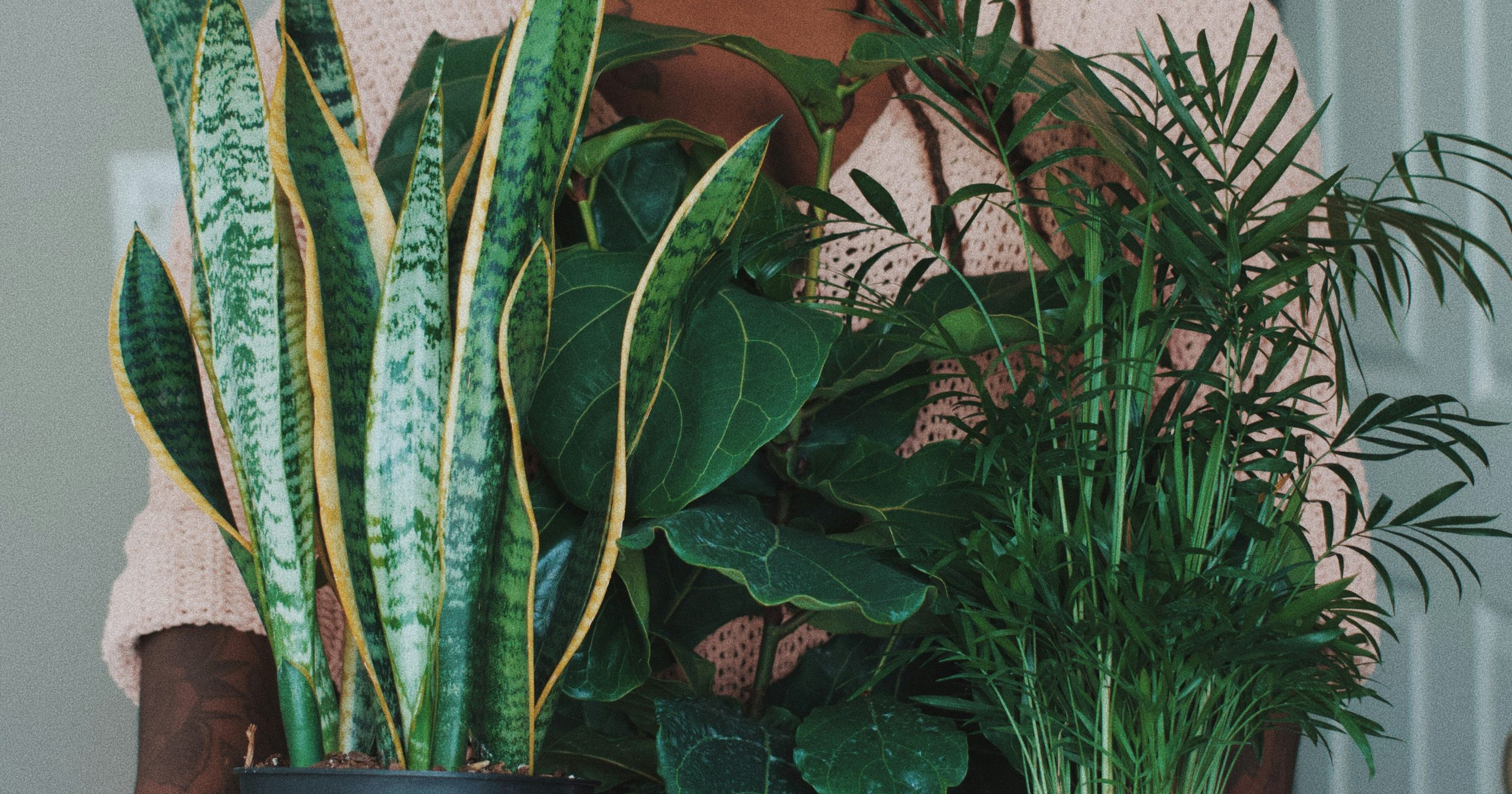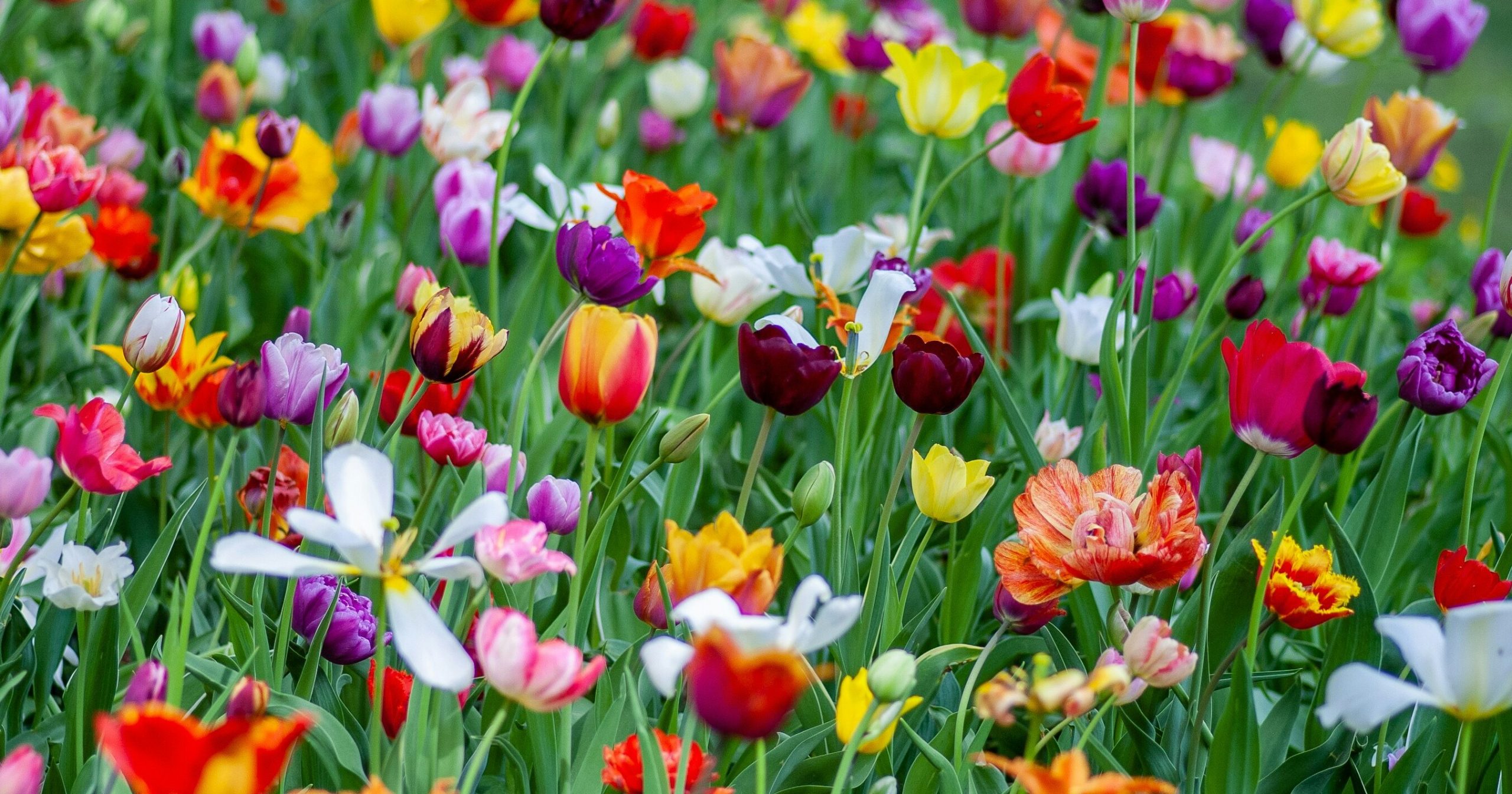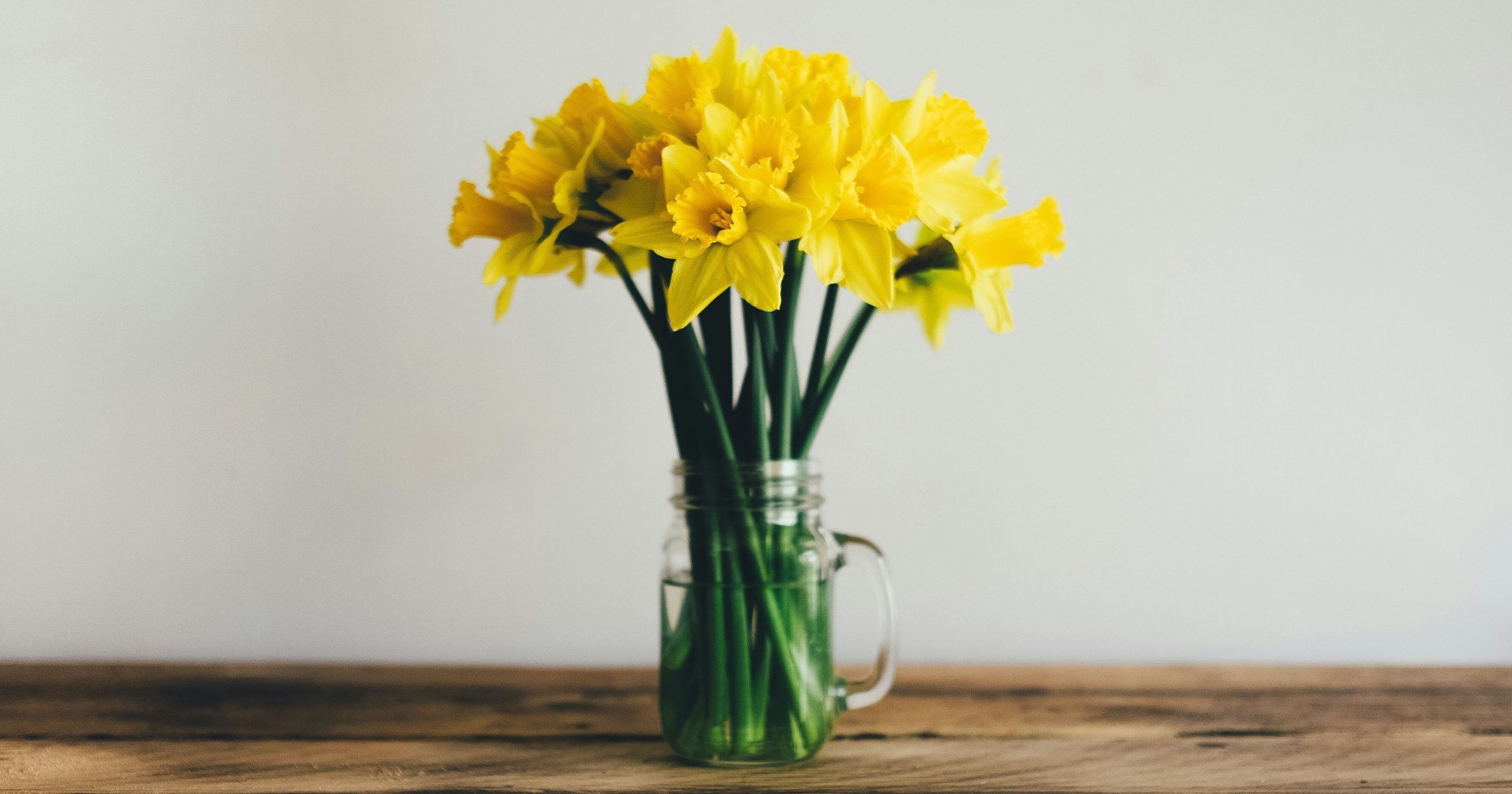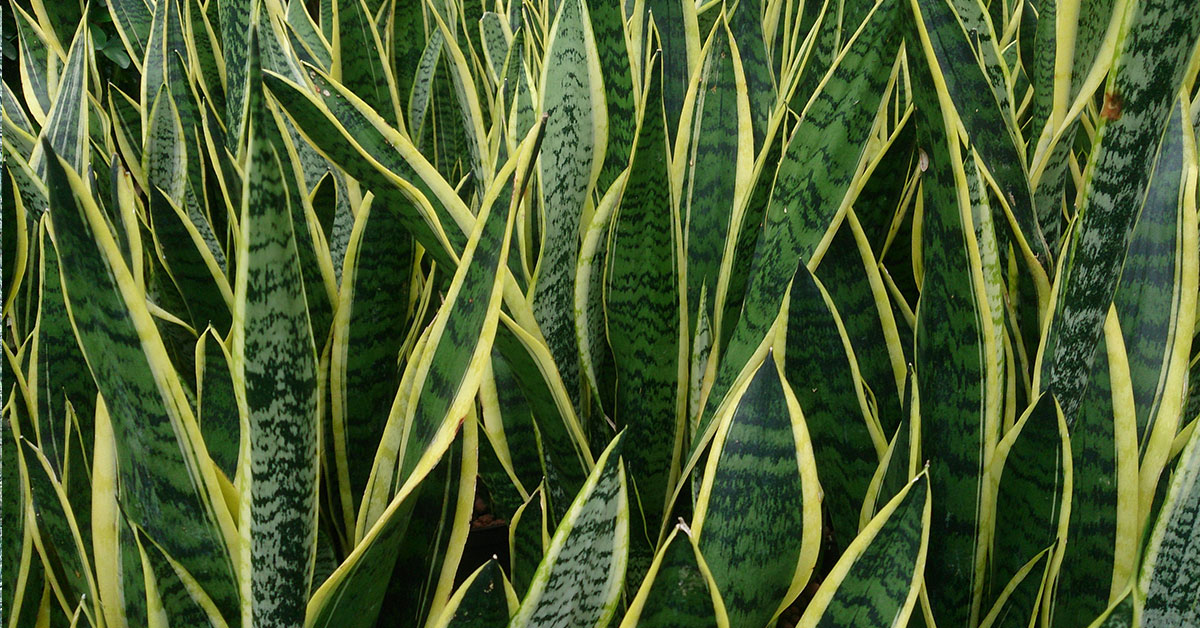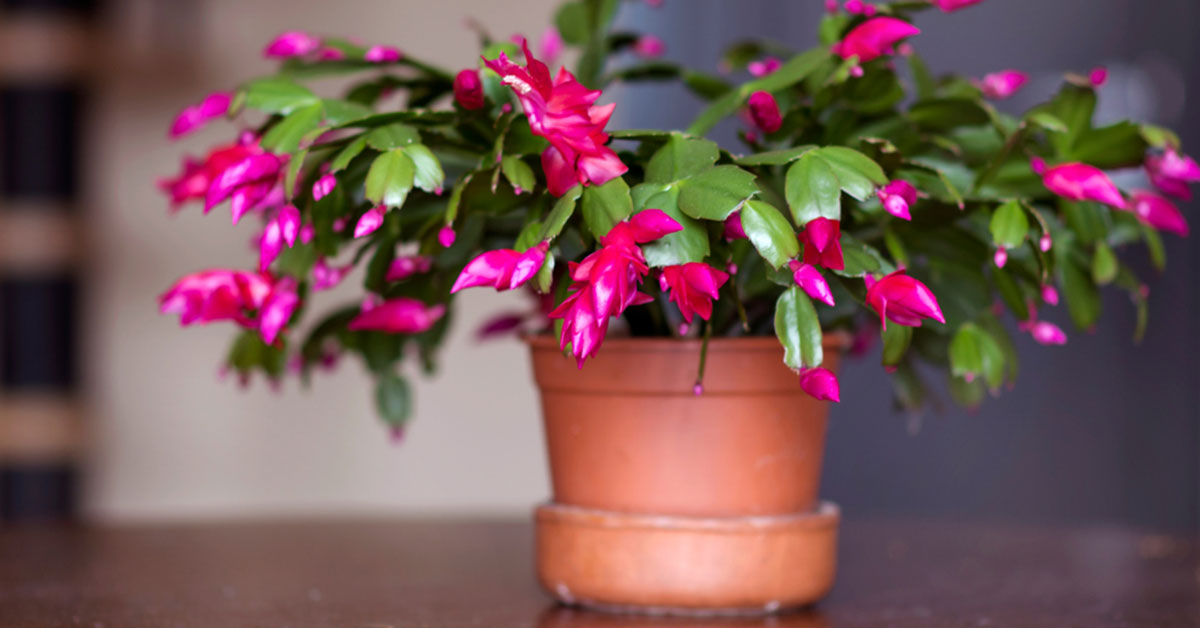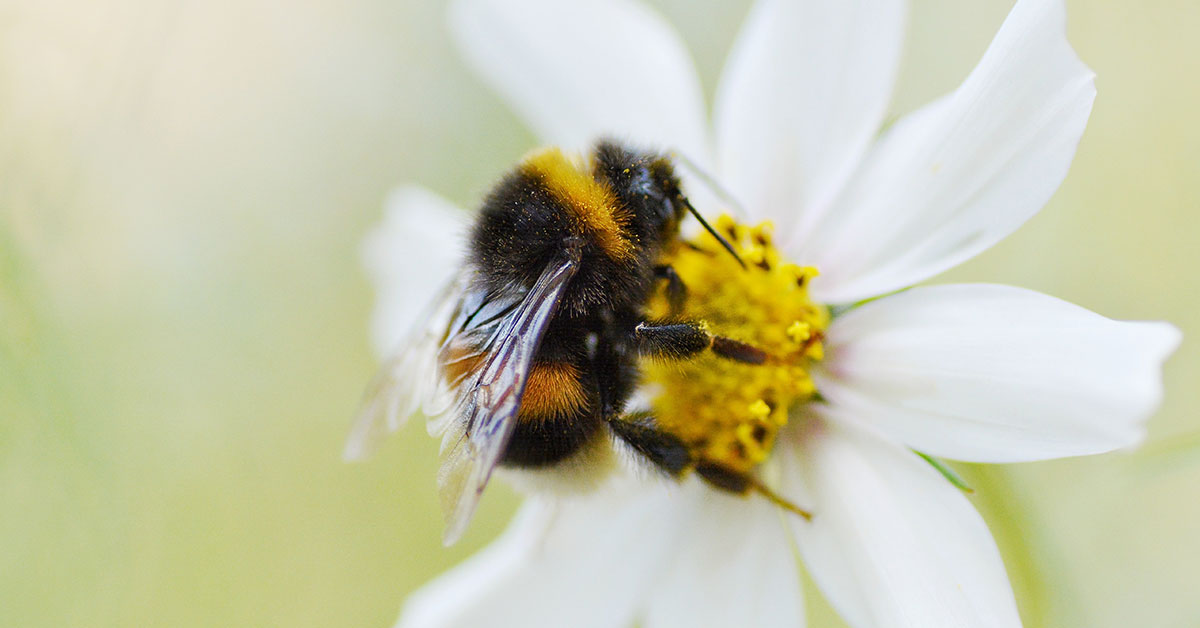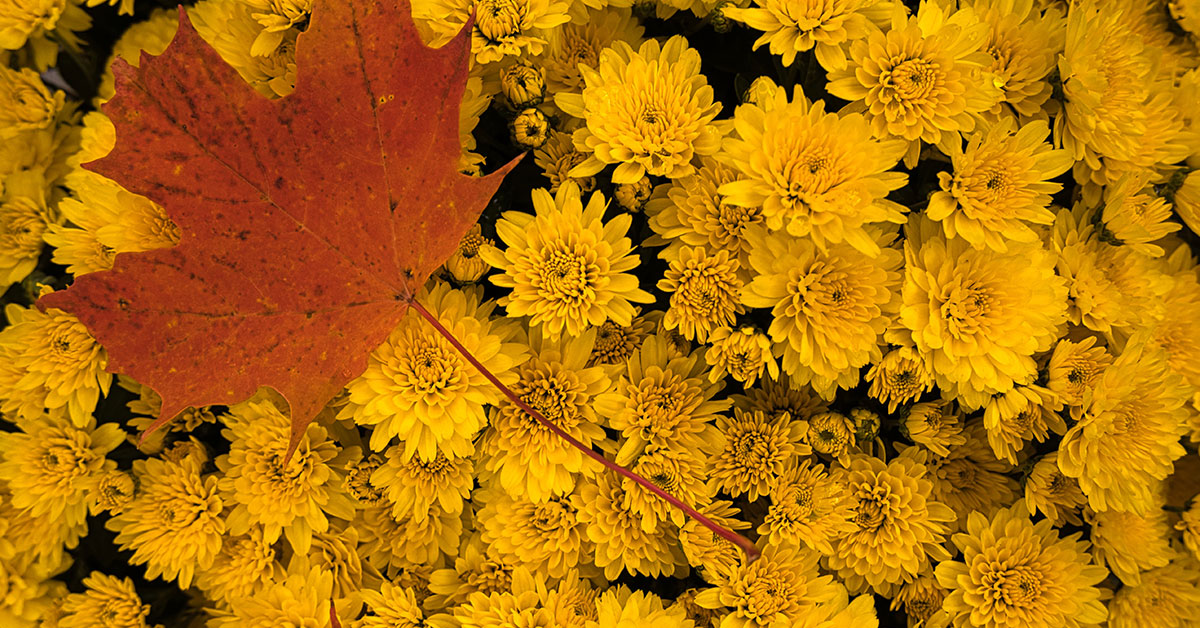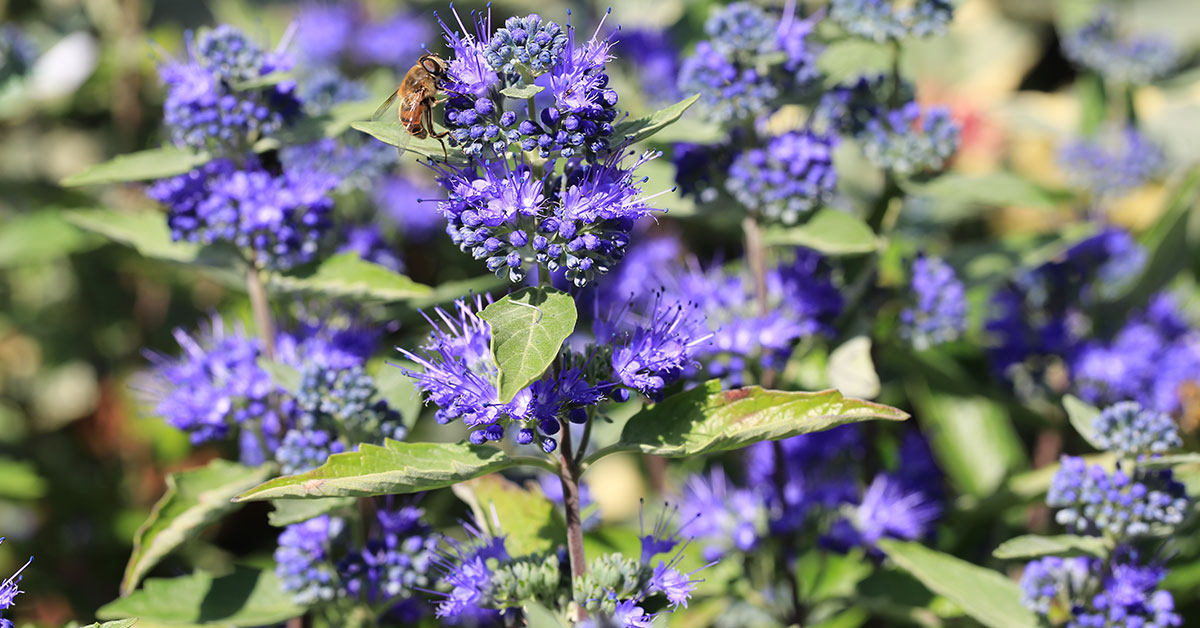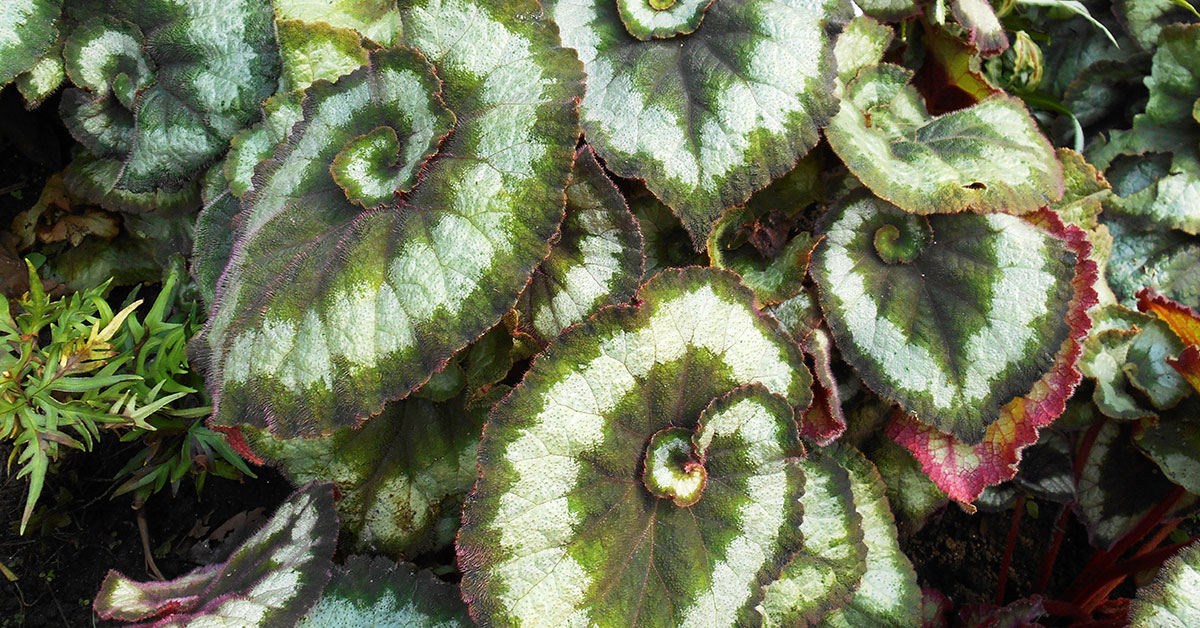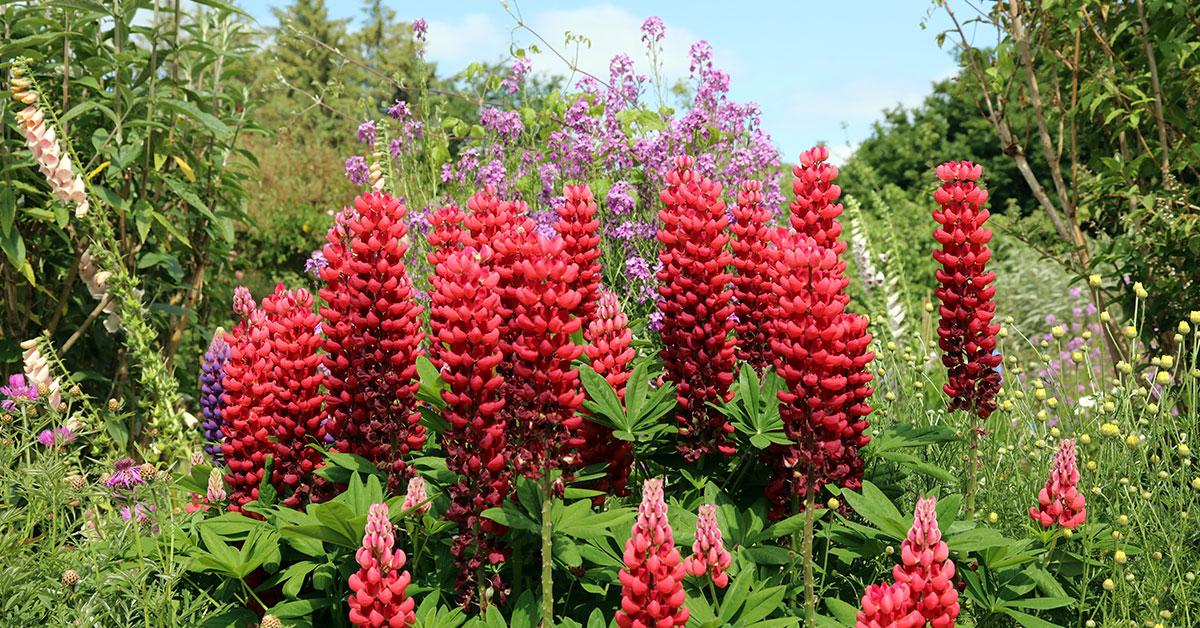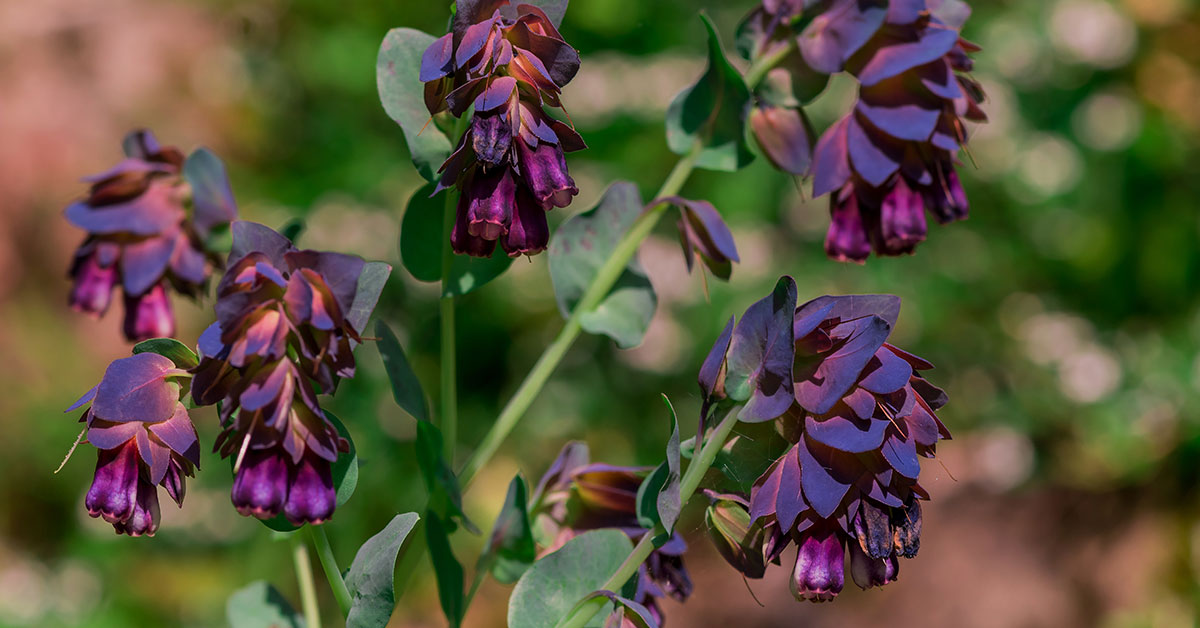Zinnias is a daisy genus that belongs to the sunflower family (Heliantheae) (Asteraceae). They are found in scrub and dry grassland from the Southwestern United States to South America, with Mexico serving as a diversity hotspot. The genus is known for its single long-stemmed flowers, which come in a variety of vibrant hues. Flowers come in a variety of colors, including pink, orange, purple, white, red, and yellow, as well as multi-color variants. The leaves are light to mid-green in color. The red variety are especially good for attracting hummingbirds.
Zinnias are annuals, which means they’ll grow for one season and produce blooms and seeds, but they won’t come back the next year. They have beautiful, solitary, daisy-like flowerheads on a single, tall stalk, making them ideal for cutting or as a butterfly food source. Zinnia elegans is the most popular Zinnia species, and it has been cultivated to produce a wide range of distinctive variants.
Growing Zinnias
Zinnias are native to hot areas, but they are easy to cultivate in any garden. They’re easy-to-grow, warm-season annual florals that bloom profusely and require little maintenance. The leaves of Zinnia elegans are lance-shaped and rough, while other types might be larger and less scratchy. It blooms in a broad range of brightly colored, spherical flowers. There are dwarf variations as well as tall types that may reach a height of four feet.
Here are some brief facts about the popular aesthetic plant:
- Latin name: Zinnia spp
- Other names: Zinnea
- Native to: South America, Mexico, southwestern United States
- Invasiveness: No
- Tenderness: Annual shrubs
- Sun: Full Sun
- Water: As Required
- Soil: Well-draining
- Hardiness zone: Zones 2 through 8
- When to plant: Spring
- Spacing: 8 to 18 inches
- Plant height: 1-4 ft.
- Bloom period: Late spring through the first frost
- Time to maturity: 2 months
- Container friendly: Yes
- Fertilizer: 10-10-10 or 6-6-6
- Toxicity: No
- Deer resistant: Yes
- Pest resistant: Yes
Zinnias are among the few wildflowers that can be grown year after year. Many annuals are perennials that are only hardy in the hottest hardiness zones, while Zinnias will be annuals everywhere.
There are tiny and spreading Zinnias that grow only 6 to 8 inches tall, and the traditional Zinnia elegans can grow up to 4-feet tall.
Zinnia flowers can take a couple of weeks to establish, but once the weather warms up, they’ll flower from late spring to late fall. The rich, tropical colors of Zinnias complement the tones of other reds and oranges in a heated border. They’re also great for bringing a splash of color to a container.
Water
Zinnias are drought resilient and normally do not require any additional irrigation. To avoid fungus, water Zinnias at ground level. Water them thoroughly a couple of times a week after they reach 3 to 4 inches in height, depending on the weather. Zinnias are drought resilient, however, they prefer their soil to be a bit dry. The ground should not be damp all of the time.
Sunlight
Zinnias should be planted in a full-sun location. A sunny location will produce the most blossoms while also keeping the leaves dry and preventing powdery mildew from developing.
Soil
The only actual requirement for soil is that it drains adequately. Zinnia roots dislike sitting in wet soil, and too much moisture increases the risk of powdery mildew. It helps if the soil pH is in the neutral range, but it isn’t required.
Fertilizing
Zinnias are demanding feeders, so fertilize them frequently and consistently to promote lush, vibrant blooms. For a first spring planting treatment, use a balanced 10-10-10 or 6-6-6 fertilizer and apply one pound per 100 square feet.
Invasiveness
Zinnia peruviana is classified as a cultivation escape. The species is a widespread, but seldom dominant, weed in its native region. Seeds that are designed for wind and animal distribution, a one-year generative time, tolerance of a variety of soil types, the ability to develop in extensively damaged regions, and the ability to survive in tropical climes are among their invasive characteristics.
Growing Zinnias In Containers
Sow the seeds in poo pots (pots made from cow dung), peat pots, or other biodegradable containers that may be put straight into the soil later to begin growing Zinnia plants from seeds indoors. Plant seeds four to six weeks before your area’s latest frost date. When the temperature rises over 50°F, Zinnias begin to bloom (10°C). Planting beds are ideal for tall cutting-type Zinnias.
Care & Tips
Watering at the base of the plant is an important part of Zinnia care. A soaker hose keeps foliage and petals dry while also providing much-needed irrigation. Watering Zinnias early in the morning allows the leaves and blooms to dry completely by dark. For young plants, keep the soil wet but not saturated. Because developed blooms are drought resilient, mature Zinnias need less irrigation. Zinnia plants offer long-term color and splendor in the summer flower bed with careful placement and watering. Deadheading and bloom removal are beneficial while growing Zinnia plants. More flowers are often produced when the plant is pruned back.
Common Problems
Powdery mildew is the most prevalent Zinnia issue. To avoid this, make sure the plants have adequate air circulation and are not too crowded. Mildew prefers cool, moist environments, so hydrate during the day rather than at night.
Water carefully, guiding the water into the soil at the plant’s base to avoid water remaining on the leaves and stems. Because powdery mildew is so frequent, some Zinnia producers utilize prophylactic fungicide sprays before it occurs.
Propagating Zinnias
Zinnias are a breeze to grow from seed. As soon as the soil has warmed up a little and there is no chance of frost, you can direct sow. You may also start seed indoors four to six weeks before the latest frost date in your area. If you don’t have seeds stored, you may buy Zinnia seedlings at any garden center; however, you will have a limited selection of kinds.
Wildlife attracted by Zinnias
The beautiful flowers of Zinnias attract many butterflies, who feed on the easy-to-access nectar. The majority of Zinnias attract butterflies, including the endangered Monarch butterfly. Many types of solitary bees are drawn to Zinnia blooms, including honey bees and bumblebees.
The History Of Zinnias
Mexican and Central American Zinnias are native to the region. Because of their bright blossoms, the Aztecs dubbed them “plants that are hard on the eyes.” Johann Gottfried Zinn, a German horticulture professor who found and brought these plants back to Europe in the 1700s, was given the name Zinnia.
Uses For Zinnias
Antifungal, hepatoprotective, antioxidant, antibacterial, antiviral, cytotoxic (demonstrated on cancer cell lines), antimalarial and insecticidal properties have been investigated in some Zinnia species.
Zinnias are one of the most simple flowers to grow since they grow rapidly and produce a lot of blossoms. Plus, they’ll bloom right up until the first heavy frost in the fall. Zinnia flowers may provide a splash of color to your landscape, so give them a try this year!


